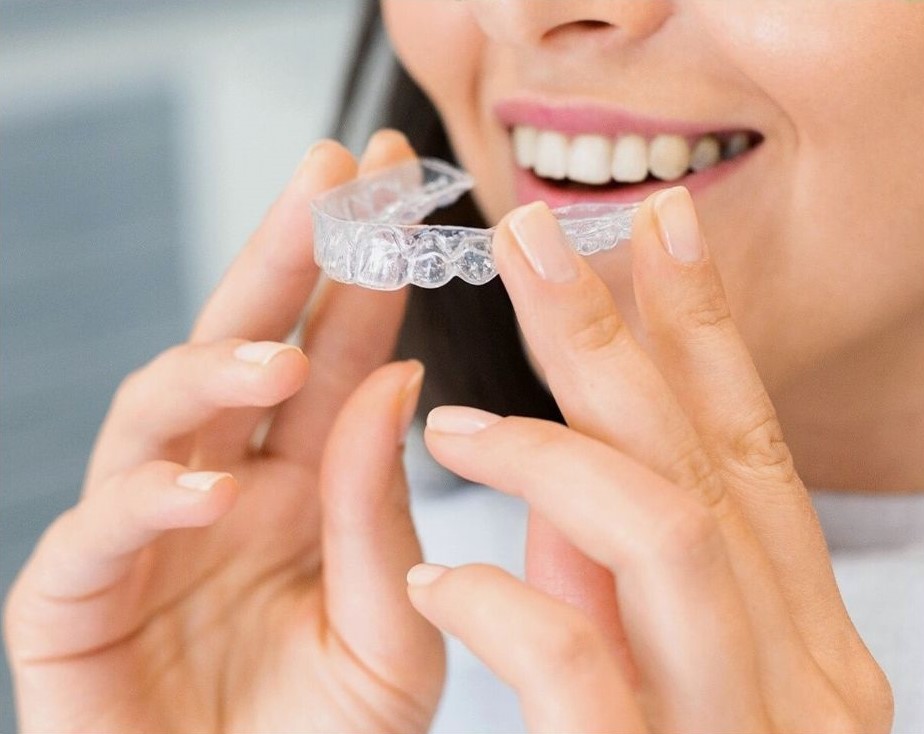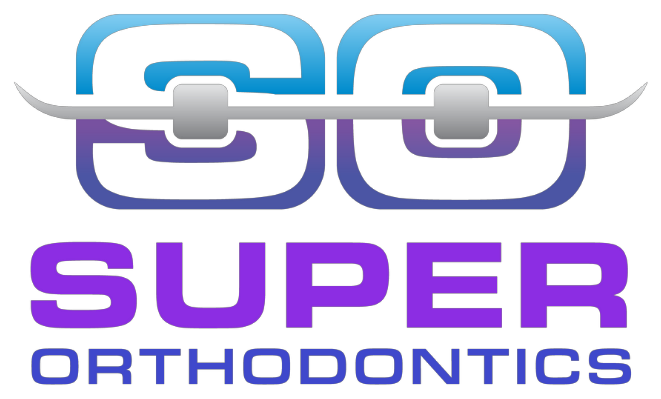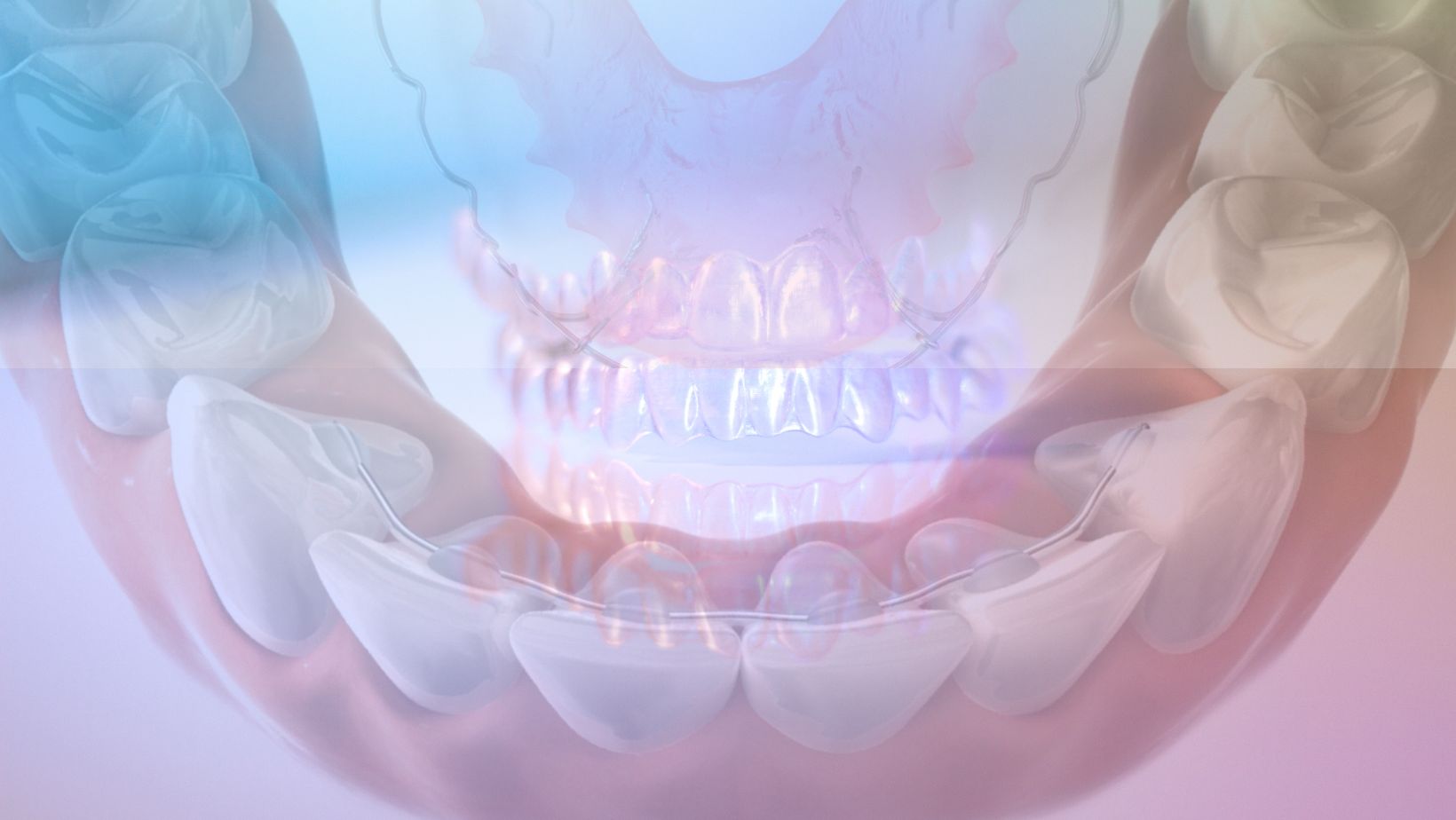Orthodontic treatment is an investment in your oral health and the aesthetics of your smile. Whether you’ve undergone traditional braces or used clear aligners, achieving that beautifully aligned smile is an exciting milestone. However, it’s crucial to understand that maintaining your results doesn’t end when your orthodontic treatment concludes. Orthodontic retention is the final step in the journey, ensuring that your teeth stay in their new positions and your smile remains as stunning as the day your braces came off.

The Role of Retainers & Orthodontic Retention
Orthodontic retention is the phase of treatment that follows the active correction of your teeth and bite alignment. After months or even years of orthodontic work, it’s essential to keep your teeth from shifting back to their former positions. This is where retainers or retention devices come into play.
The primary goals of retainers are as follows:
- Prevent Relapse: Teeth have a natural tendency to shift back to their original positions, especially shortly after orthodontic treatment. Retention prevents this relapse, ensuring your new smile remains stable.
- Adapt to New Bite: Your jaw and supporting tissues need time to adapt to the new alignment. Retainers allows these structures to settle and solidify the corrected bite.
- Enhance Long-Term Outcomes: Proper orthodontic retention enhances the longevity of your orthodontic investment by preserving your beautiful smile for years to come.
Types of Retainers & Orthodontic Retention Devices
Retainers come in various forms, each offering its unique benefits. The two primary categories of retention devices are fixed and removable.
- Fixed Retainers: These are permanent retention devices, typically bonded to the back of your front teeth. Fixed retainers are invisible and provide a seamless way to keep your teeth in place without needing daily adjustments. They are a reliable long-term solution, but they require diligent oral hygiene to prevent plaque buildup.
- Removable Retainers: Removable retainers such as Essix Retainers are usually worn over the teeth and can be taken out for eating, cleaning, and special occasions. They offer flexibility and are often preferred by patients due to their convenience. However, they require disciplined wear as per the orthodontist’s instructions. Essix retainers are crafted from smooth, clear plastic, custom-fit to your teeth for ultimate comfort and nearly invisible wear. With our same-day service, you’ll leave with a retainer designed to protect and maintain your perfect smile immediately.
Orthodontist Recommendations
The type of retention you need, whether fixed or removable, will depend on your specific case and the orthodontist’s recommendation. Generally, orthodontists advise the following:
- Immediate Use: After the active orthodontic treatment, a retention plan is put into place immediately to prevent relapse.
- Gradual Reduction: Over time, the duration and frequency of retention device use may be reduced, depending on the individual patient’s response to treatment.
- Long-Term Maintenance: Many orthodontists recommend some form of retention on a long-term or even indefinite basis to maintain results.
Patient Responsibilities
To ensure the effectiveness of orthodontic retention, patients must adhere to their orthodontist’s recommendations:
- Consistent Wear: Follow your orthodontist’s instructions for wearing removable retainers diligently. Consistency is key in preventing relapse.
- Hygiene and Maintenance: Maintain excellent oral hygiene and clean your removable retainers regularly to avoid plaque buildup. For fixed retainers, flossing is essential.
- Regular Check-Ups: Attend scheduled follow-up appointments with your orthodontist to monitor your progress and receive any necessary adjustments.
Conclusion
Orthodontic retention is the final, crucial step in your orthodontic journey. It ensures that your hard-earned, beautifully aligned smile remains a permanent part of your life. By working closely with our orthodontist and faithfully following his recommendations, you can preserve the results of your orthodontic treatment and enjoy a lifetime of confidence in your stunning smile.

